Why does every elite level lacrosse practice include a drill that simulates an odd man situation? The answer to this is as simple as it gets. The entire game of lacrosse revolves around this fundamental concept. You score goals by creating odd man situations. You stop goals by preventing them or sliding to cover them.
Drills like 4 on 3’s, full field fast breaks, the Genny drill, etc…have become absolute main stays in the world of lacrosse curriculum. Check out a college or pro pregame warm up and you’re certain to see some of this happening at some point.
The best offensive players in lacrosse not only know how to move the ball in odd man situations, but even more importantly they know how to create them. The most common way to create an odd man situation is dodging.
Dodging = Initiation
There are several ways to beat somebody to the goal. Young players are often taught the four major dodges when they are first being introduced to lacrosse. Split, roll, face, & bull. As the game has evolved so has dodging. Players are pushing the envelope and we are seeing new innovative moves constantly being implemented and proven effective. But most modern dodges can be traced back to these four foundational techniques.
A player's body type and skill set will certainly determine which dodges they prefer to use, but each one should be learned. The key to being an effective dodger is understanding which dodges to utilize in particular situations.
SPLIT

Arguably the most common dodge in the game. A great split dodge, like a crossover dribble in basketball, can really break a defense down. A split dodge at its core always involves transitioning the stick from one hand to the other. Splits are common in the open field, from X and up top.
Very rarely will you see a split dodge happen on the island at 5 & 5. A split dodge is almost exclusive to the field game and rarely seen in the box game. Most box players will keep the stick in their dominant hand.
One of the best split dodgers ever would have to be Mark Millon. One of the most important parts of a split dodge is being able to use both hands effectively. Mark Millon was one of those players that you weren’t really sure what hand he was. He could go righty or lefty and either direction looked just as smooth.
The great Kyle Harrison upped the ante and took the split dodge in a different direction. He used a hesitation in his dodge that created a more horizontal side to side motion. Adding a slight hesitation will freeze your opponent for a second and the wide side to side motion can make a drop step difficult on a defensive player.
Tips to becoming a better split dodger:
• Approach the dodge at full speed. If you make a full run at your opponent it gives you the immediate advantage. You are moving forward and they are either stationary or back peddling. A big mistake split dodgers make is coming into a dodge too slow which in effect will level the playing field.
• Accelerate through the dodge. After you beat your defenseman continue moving toward the goal and avoid trail checks.
• Practice switching hands smoothly. Although most of this dodge relies on foot speed, the more comfortable you are with switching hands the more effective your dodges will be. Stick protection is critical with this dodge.
• Like we discussed above, becoming a better stick handler with both hands will improve your split dodge simply because it will allow you to break either direction.
ROLL

Using a roll dodge is by far the best dodge when you’re in tight and need to protect your stick. You are essentially using your body as a shield to keep the stick hidden from your opponent. It’s rare to see a roll dodge at full speed in the open field and is almost always utilized in tandem with an initial dodge. For example most roll dodges will come after you split a defenseman - split and then roll. Not always a good choice for your first dodge.
Best roll dodger we have ever seen is Josh Coffman. No one could stop his roll. He would utilize this from X and on the island and be ready to shoot as soon as he rolled.
Tips to becoming a better roll dodger:
• Paying close attention to your stick. The reason for this dodge is stick protection so if you’re careless with where you’re stick is it will not be as effective as it should be. Practice in slow motion in a big mirror. If you can see your stick in the mirror chances are a defenseman will see it too. Slow your technique down and do it right.
• Keep your stick protected even after the dodge has been completed. A roll dodge very rarely leaves the defensive player in the dust like a split dodge. So you have to be aware that the defensive player is most likely still lingering.
• Lower your body. If you watch the best roll dodgers you will notice that they will drop their bodies and almost hug the stick. This creates a tighter spin with greater protection.
FACE

This is usually the very first dodge that you learn as a young lacrosse player because it's the easiest to learn. It is almost like an over exaggerated cradle where the stick head passes across your face, but unlike the split it will stay in the same hand.
This is a very popular choice in tight, especially for box players. The most common use of this dodge is as a fake shot from the wing. Many players will wind up and instead of releasing the shot they will execute a face dodge to blow past their defensive player.
This is a very common dodge in the women’s game and is the number one dodge taught to beginners.
Tips to becoming a better face dodger:
• Stick protection is critical and you must be aware of trail checking. After a face dodge is executed it’s important to keep the stick across the body until the opponent is out of range for a trail check.
• Foot work looks very similar to a split dodge but you should practice this by winding up for a crank from the wing and pulling the stick across your body.
• After you’ve mastered the face dodge, practice shooting and passing with the stick cross body.
Bull

This dodge is just as it sounds, you are essentially lowering your shoulder and running through your opponent. No finesse involved in this dodge, it's a simple act of overpowering your opponent. Obviously this is a more effective dodge if you are much larger and stronger than your opponent.
This is the most risky dodge because when contact is made with an opponent many variables enter the picture. You will see this in the open field when a ball carrier is at full speed.
Tips to becoming a better bull dodger:
• Hit the weight room and get strong.
• Don’t trip on your opponent. The reason this dodge is so risky is because you will see the bull dodge knock a defenseman down, but then you have to be careful not to trip on them.
• Build up momentum. It’s hard to be a great bull dodger without some build up of speed before contact.
There is nothing cooler and more pure in lacrosse than a one on one. Practice these dodges and use them as a foundation to start inventing your own moves that fit your game. If you can become an effective dodger you will always have a place on the team.

Shop our all new Artful Dodger Tee and celebrate the four foundational dodges that started it all!

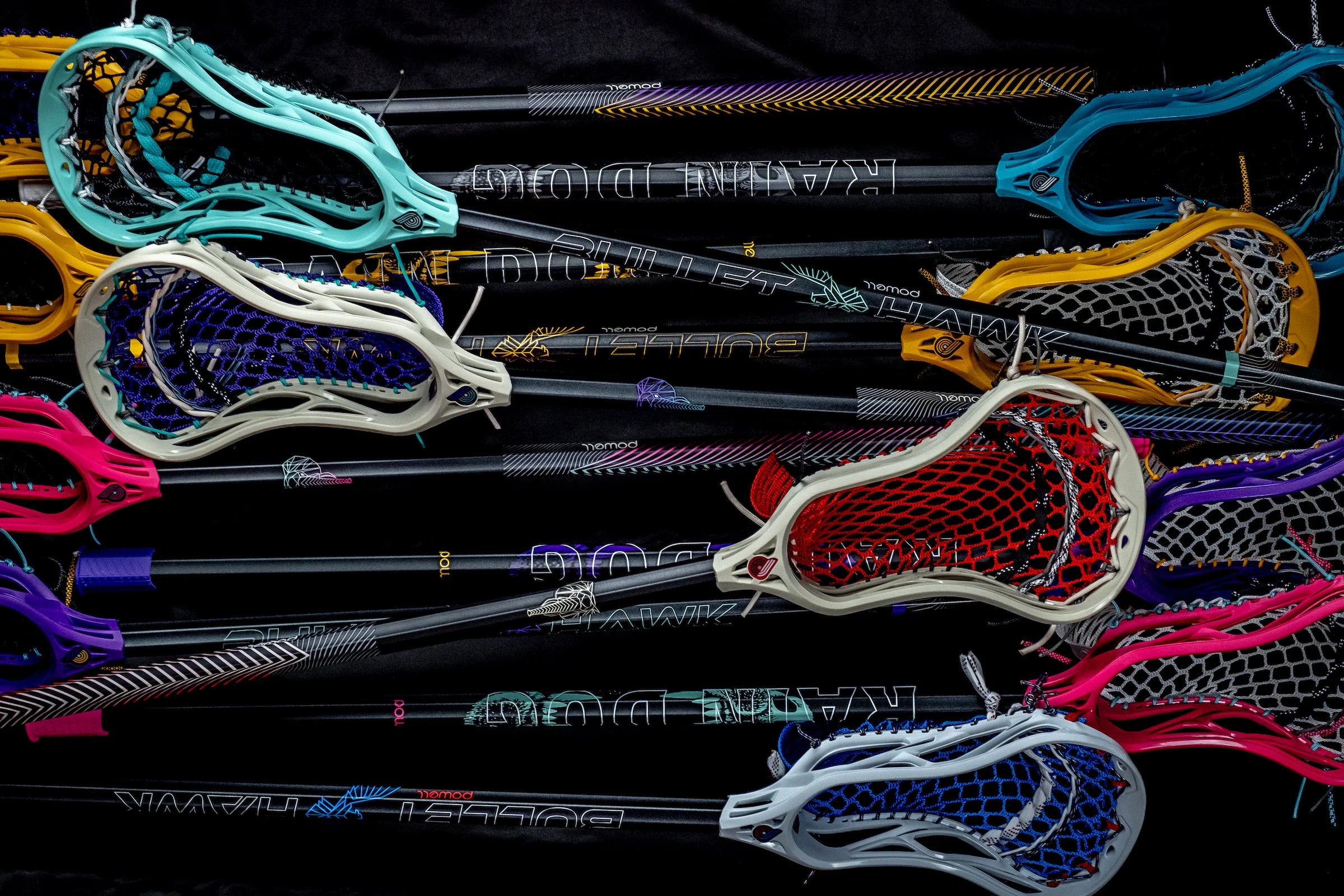
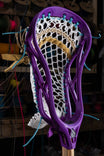
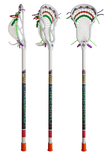
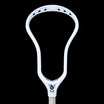

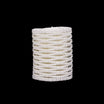
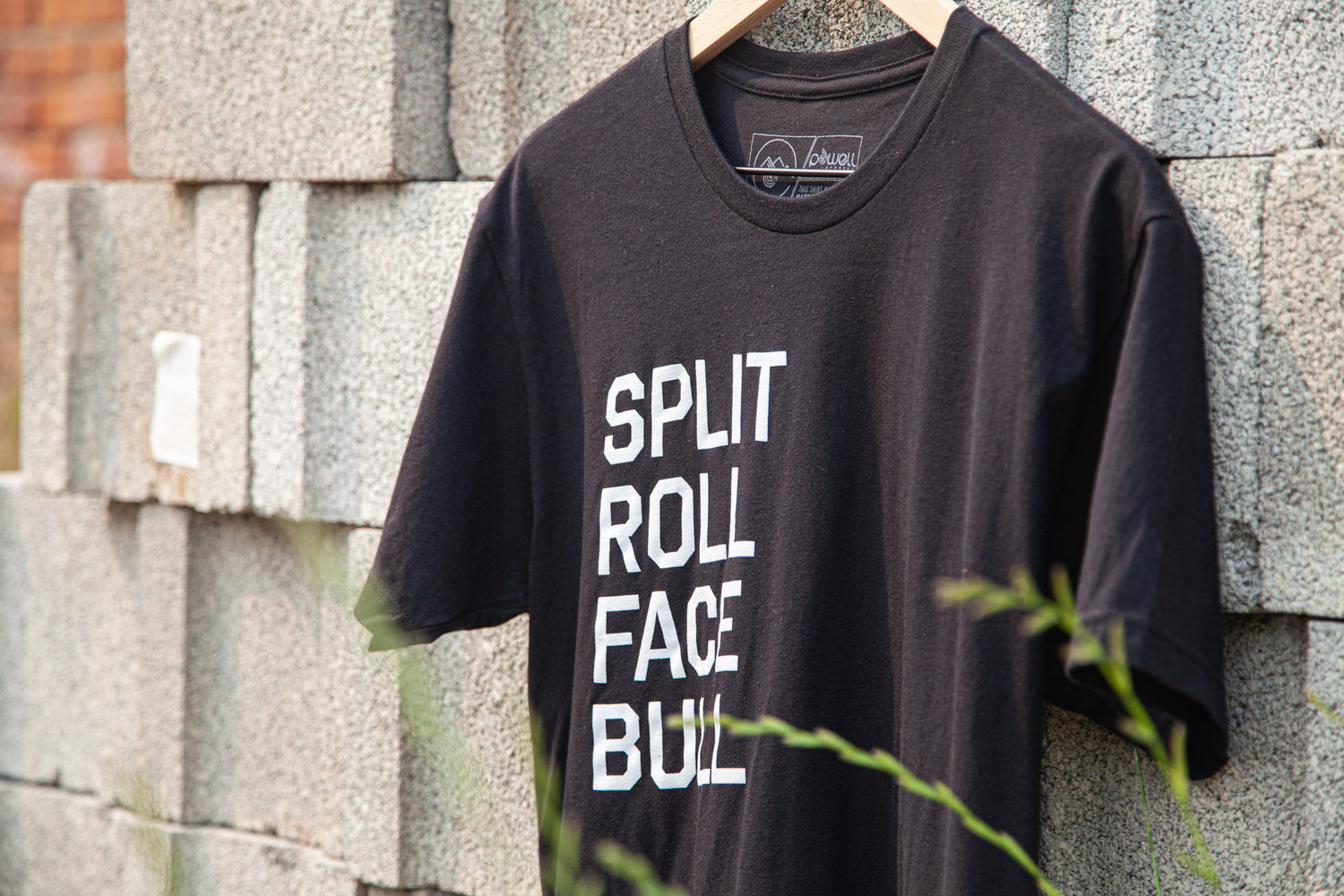

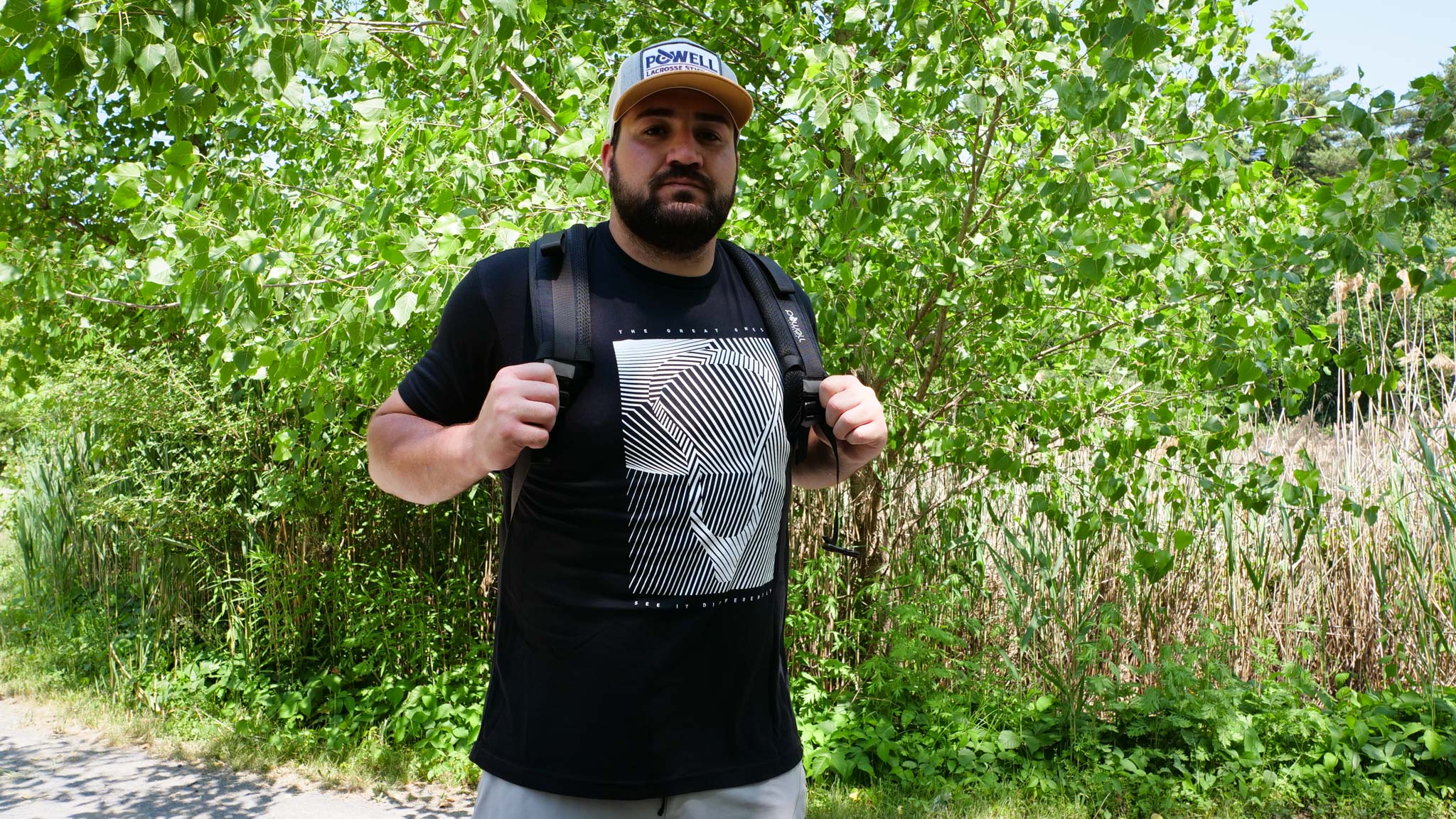
Leave a comment
All comments are moderated before being published.
This site is protected by hCaptcha and the hCaptcha Privacy Policy and Terms of Service apply.